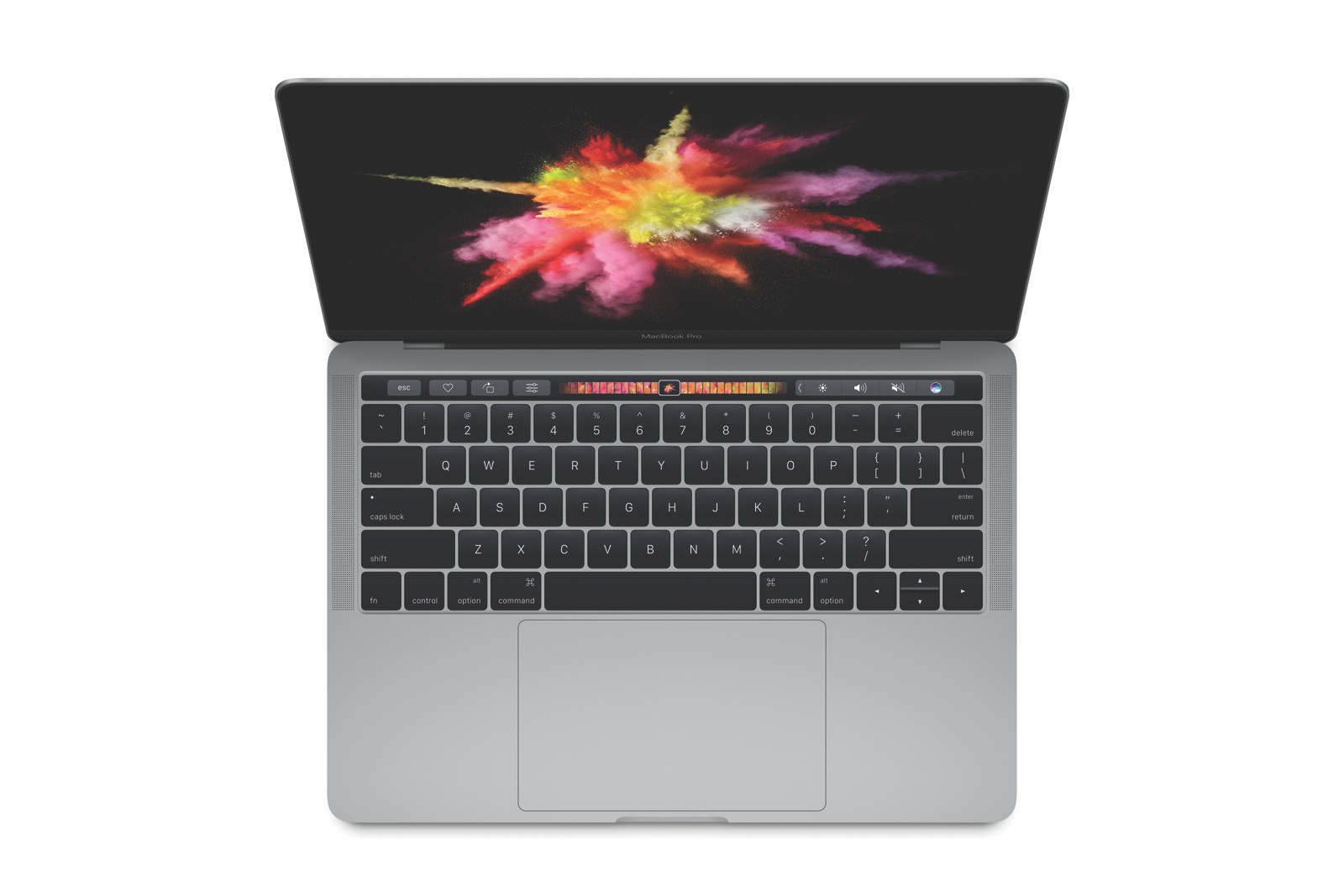You only have to look at the Pro's Touch Bar's features to imagine what could have been. Some of these elements wouldn't be practical with a touchscreen (you can only fit so many editing buttons on-screen at a time), but many of them are. Why should you scrub through a video timeline on your keyboard when you could manipulate it directly on the display? Many everyday activities, such as choosing emoji in Messages or playing music in iTunes, practically beg for direct finger input. This isn't to say that Apple's Touch Bar implementation is clunky. So far, it appears to be very thoughtful. It's just a perpetual reminder that there's a more direct way to meld touch with conventional computing, and Apple is passing up the opportunity.
It's understandable why the company would implement a navigation strip instead of redesigning macOS for touchscreen support. The Touch Bar is no doubt a challenge (including for developers who want to support it), but reworking an entire operating system is a massive undertaking that can easily run into trouble. Ask Microsoft how hard it was to design a touch-native platform that still appeals to non-touch users -- Windows 8's touch-first interface spooked some PC buyers, and even Windows 10's more balanced strategy has its problems. Dive deep into Windows' settings using only a touchscreen and you'll quickly grow frustrated.
However, Windows also shows that you don't have to redo an entire operating system for touchscreens to be useful. There's a good reason why the Surface line and other hybrid laptop/tablet PCs are thriving in an otherwise shrinking market: more often than not, you can use whatever interface makes sense at a given moment. Want to play a touch-oriented game, or navigate a spreadsheet with a trackpad? You can do both. The MacBook Pro's input will likely be very effective in most cases, but it comes across as inflexible. Apple's rejection of finger input in macOS may prevent incidents where touch works poorly, but it also denies you situations where touch would work beautifully.

Lately, Apple has had a simple answer to those calls for a proper touchscreen interface: buy an iPad Pro. And for certain users, it has a point. The iPad has one of the better big-screen touch interfaces you can find, and it's refreshingly easy to use compared to a traditional PC. But it just isn't going to fit the needs of many Mac buyers, especially customers who can justify premium machines like the MacBook Pro. It doesn't have many of the things pros need, whether it's raw performance, an accessible file system or sophisticated multi-app windowing. If anything, the iPad Pro rubs some salt in the wound. It's a reminder that Apple's touchscreen experiences stop where the Mac lineup begins, and that other PC makers aren't asking you to give up touch just because you want to run AutoCAD or Photoshop.
This isn't to dismiss the MacBook Pro by any means. Based on our initial hands-on time, it's an impressive system that could satisfy many owners (at least, those that don't want a built-in SD card reader). You may well enjoy the Pro for years without once wishing that you had a touchscreen. But it's also a tantalizing glimpse of what could have been, or possibly where Apple will go. And when a large chunk of the industry is welcoming touchscreens with open arms, it's hard not to wonder whether or not Apple is heading in the right direction. The Touch Bar is a safe choice for now, but it wouldn't be shocking if Apple had to change course and embrace touch in a bigger way.
Click here to catch all the news from Apple's "Hello Again" event.
Source: Apple's MacBook Pro isn't the touchscreen laptop it ought to be
No comments:
Post a Comment